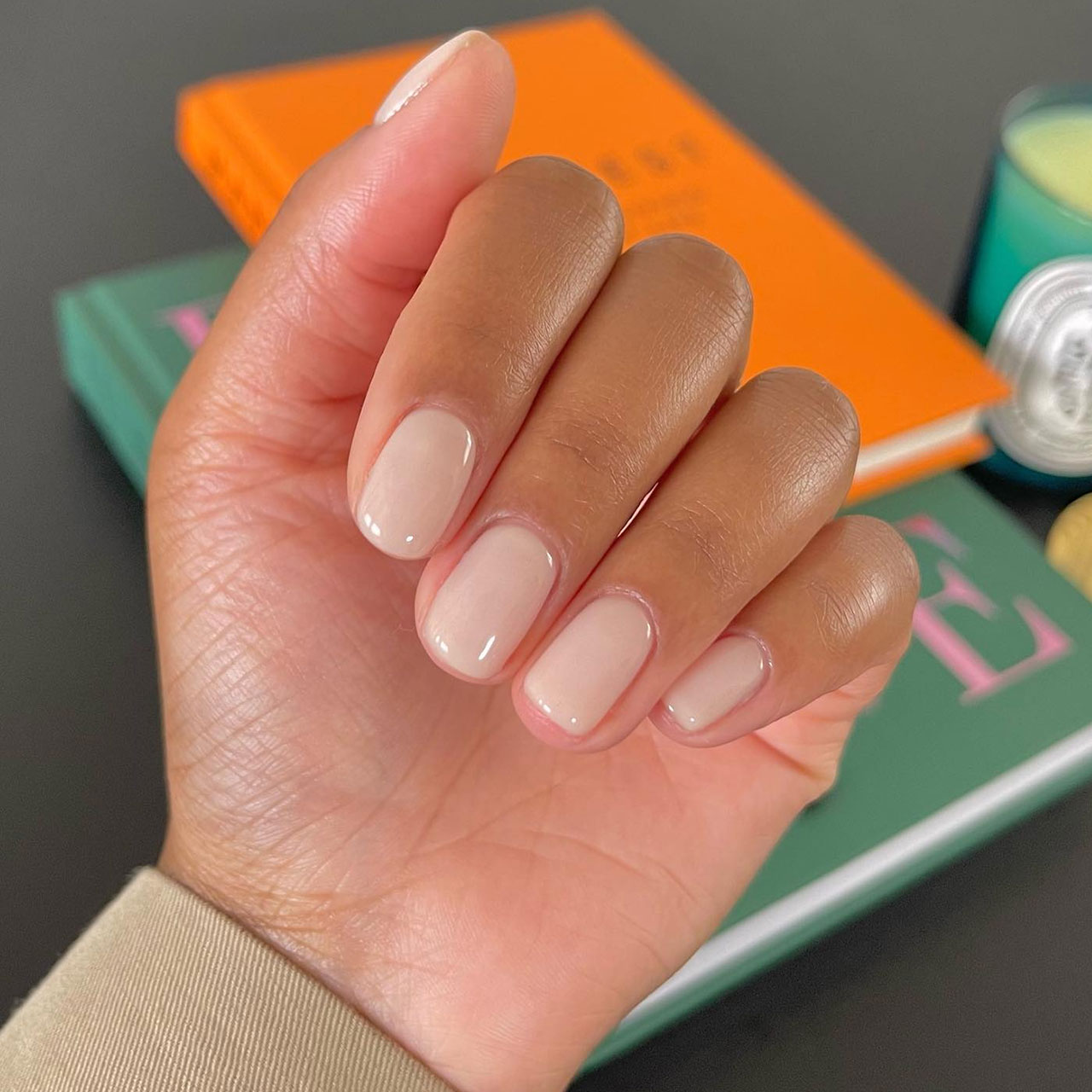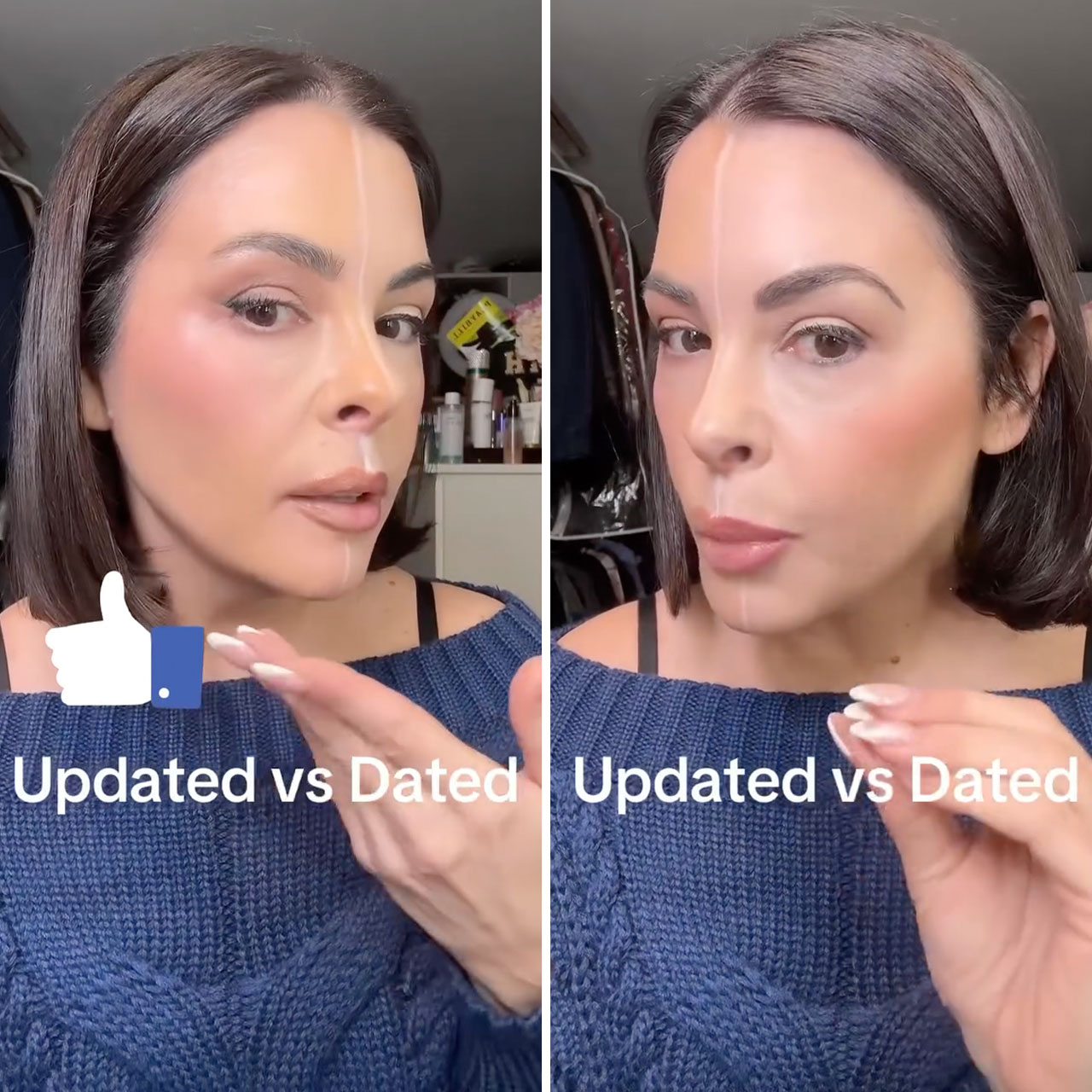If you’re looking to cover up any blemishes on your skin, concealer might just be the answer. It’s thicker in texture than foundation, and can thoroughly draw the eye away from any dark circles, age spots, or large pores. Not only does it blend different pigments to give your skin a flawless finish, but it’s also perfect for contouring and highlighting your best features. Acne and dark eye circles are no match for this essential makeup tool. If you use it correctly, it could even help with anti-aging purposes!
We’ve gathered intel from celebrity and professional makeup artists, and it turns out that there are ten sneaky concealer faux pas that can settle into fine lines and emphasize wrinkles. But don’t fret, we’ve got the scoop on how to correct these slip-ups and achieve a radiant, luminous glow and supple look over 40.
We reached out to experts to learn more about easy concealer errors and how to avoid them for a smoother look overall. Read on for tips, suggestions and insight from Mandie Brice, professional makeup artist, Vivi Mintara, pro MUA and CEO of Eye Makeup Lab, Kerrin Jackson, celebrity, film and television MUA and creator of The Makeup Refinery blog, Natasha Moor, celebrity MUA and founder of Natasha Moor Cosmetics, Anastasia Tomchenko, co-founder and CPO of Glambook and Margina Dennis, longtime celebrity MUA and beauty expert.

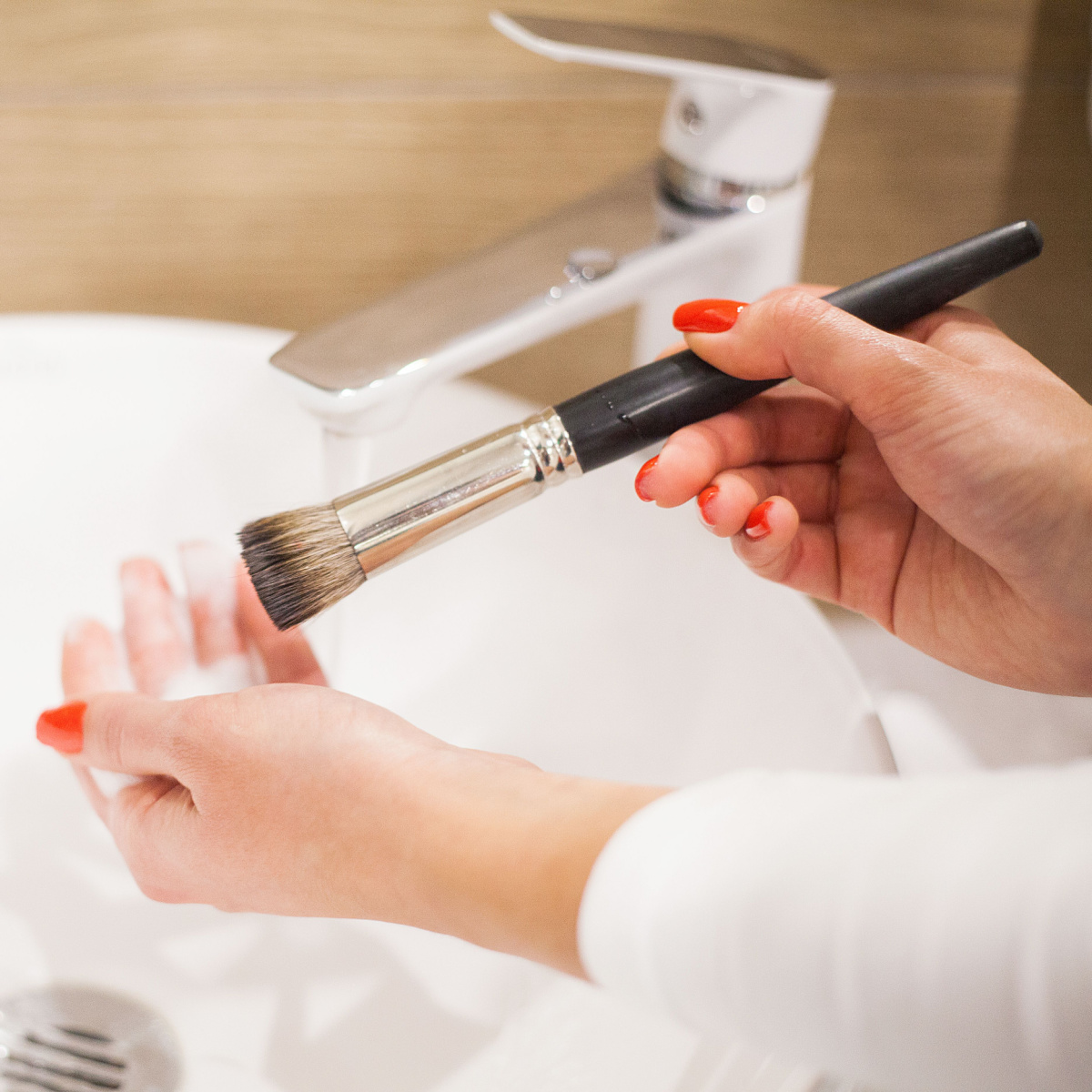
10 Concealer Errors That Can Inadvertently Add Years To Your Look (And How To Fix Them)
1. Not Washing Your Applicators: Brushes, Sponges, Fingers, Etc.
Whether you apply concealer with a brush, a makeup sponge or your fingers, not thoroughly washing these tools beforehand can lead to your concealer clumping, wrinkle emphasizing, causing an infection or even leading to acne flare-ups.
"I think so many of us are guilty of not washing our brushes as often as we should," Brice shares. "Even applying with our fingers can be a mistake, if we don't first wash our hands," she adds, as "this can lead to breakouts, or even infection."

2. Skipping Proper Skin Prep
Do you fully prep your skin before applying concealer? Dry skin in particular tends to have smaller pores (to even no pores) because it has much smaller oil glands, Wright explains. This skin type lacks a proper amount of oil, while dehydrated skin lacks water. She recommends four steps to include in your routine for dry skin to keep it moisturized.
Doing so will make your makeup last longer and look less patchy (which can add years to your look). Firstly, she says to exfoliate dead and dry skin, as this will help your hydrating products penetrate the skin. Next, she recommends applying products that have water binding and attracting ingredients like jojoba oil, hyaluronic acid, ceramides, glycerin, lactic acid, and lanolin.
She also points out that taking collagen supplements that are hydrolyzed when the skin becomes dehydrated cam do wonders for your skin and any makeup applied afterwards. The body will pull from the collagen supply, she notes as collagen is what keeps our skin looking firm and tight.
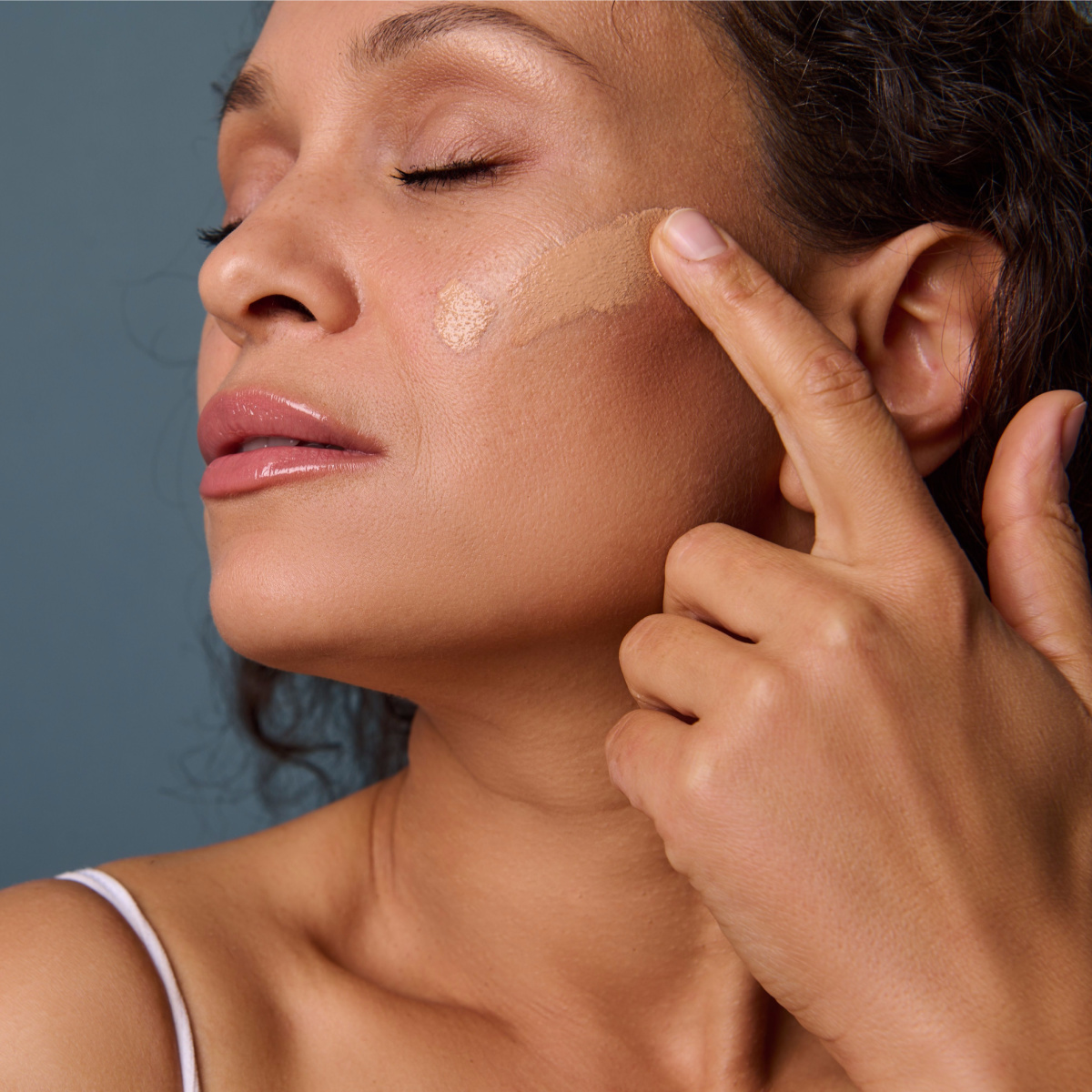
3. Forgetting Primer Beforehand
After washing and cleansing your face and moisturizing your skin, it's essential to add a trusty primer before applying concealer, Moor advises. "Ensure that you apply a lightweight moisturizer, face serum or a facial oil at least 10 minutes before applying a primer," she says. While applying primer, she stresses focusing on the areas around your "nose and the high ends of your face."
Applying your concealer "immediately after your primer" can lead to a "patchy, blotchy" finish, she warns, so it's best to "let your primer set for a few minutes" before adding on your concealer.
Priming your skin, Mintara adds, will "not only fill in any fine lines and wrinkles," but it also encourages concealing products to "stick to your skin in an even and long-lasting manner." With primer, your concealer will last for "at least eight hours," she notes, without the need for a touch-up.
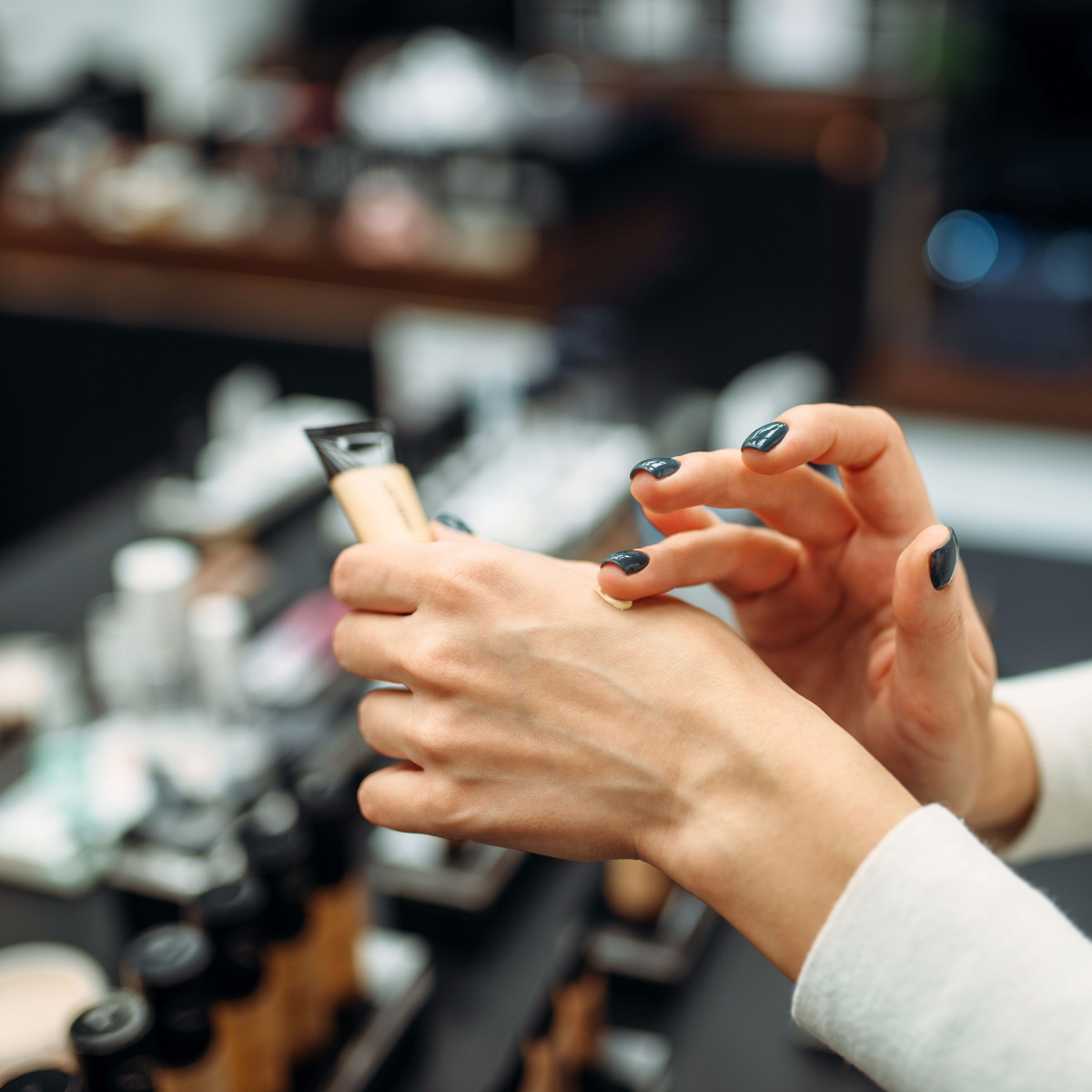
4. Choosing A Concealer That Is Too Dark
Many of us often select a concealer product that is "too dark for our skin tones," Jackson explains, and it's important to grab one that is "a shade or two lighter than your base tone." She also says to "keep it soft, well-blended and only use "a little product," not a lot.
Your concealer of choice, she adds, should "create a natural, yet flawless finish to your complexion." If you don’t like or need much coverage, she says to "try a lighter skin tint or tinted moisturizer." When in doubt, less is more and lighter tones can be your best friend when trying to conceal any imperfections.
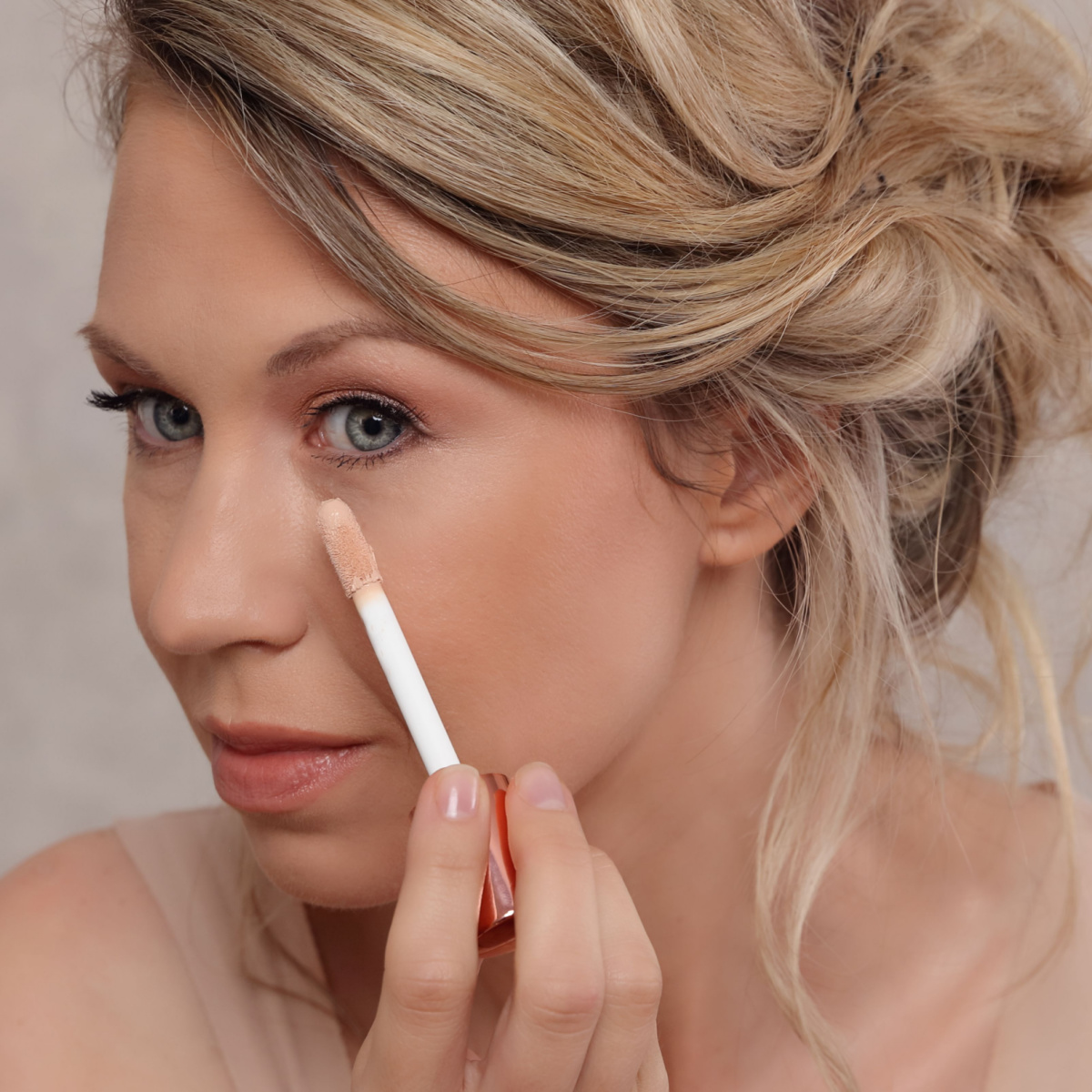
5. Adding A Layer Of Concealer That Is Too Thick
When it comes to applying your concealer, Mintara recommends starting with a thin layer to avoid emphasizing fine lines and wrinkles. "If this doesn’t fully cover the dark spots, then apply another layer, and keep building the color up," she says.
Mintara warns not to "immediately put a very thick layer of concealer on your face," because you may not need as much as you think, and "also, this will cause the makeup to crack after a few hours," she shares.
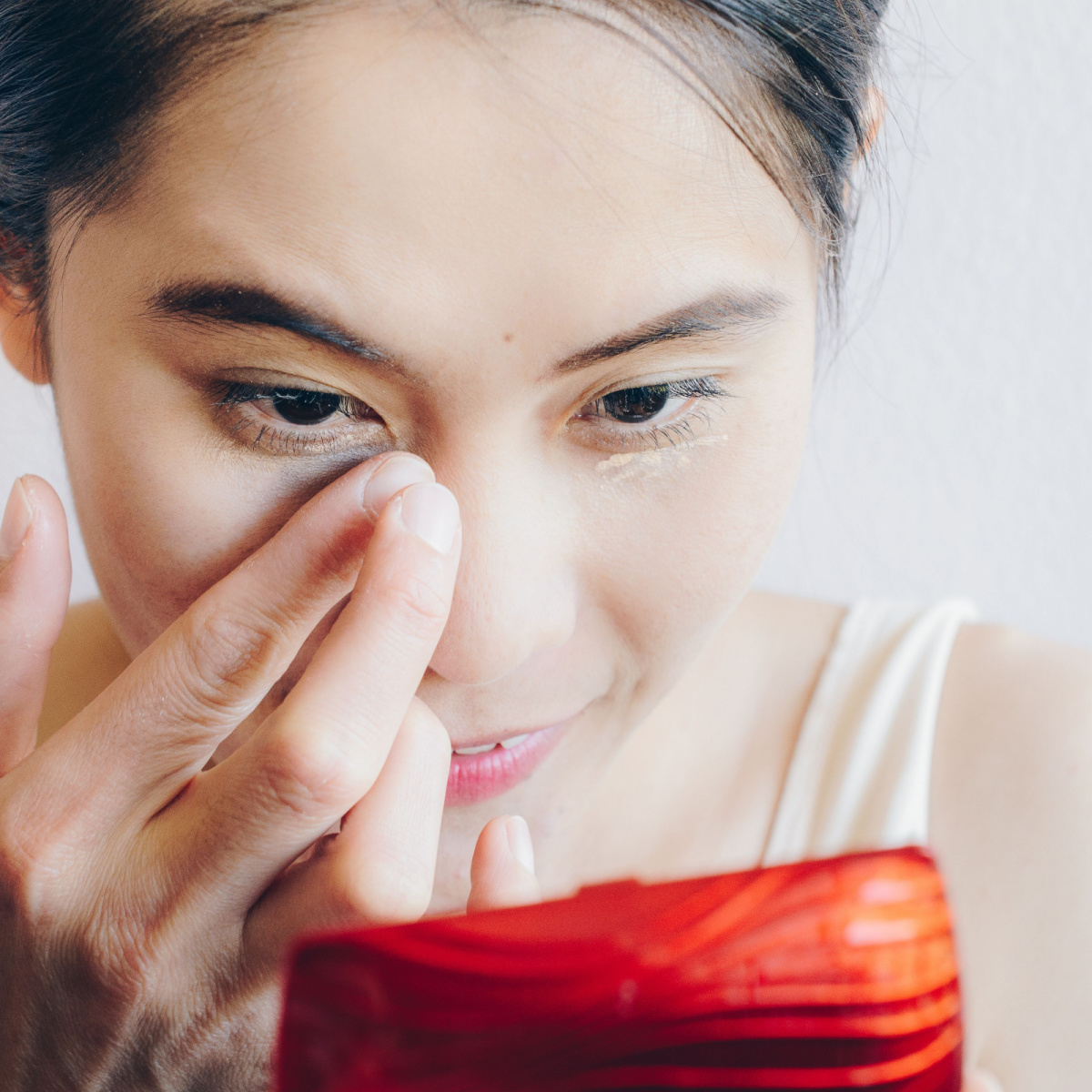
6. Applying Concealer Directly Under Your Eyes
When it comes to choosing an under-eye concealer, it's important to apply it carefully, Tomchenko recommends. “The shade should either match your skin tone or be slightly lighter,” she says. “You should only apply concealer to the line where your dark circle starts, as applying concealer on the bags under your eyes or on wrinkles will make you appear older.”
She says to use your finger to apply the concealer as the warmth of your finger will help the cream melt and blend well. “Using a brush is not recommended as it may not work well with products that contain wax, since it melts only in warmth,” she continues. “Additionally, adding too much powder can also make you look older.”
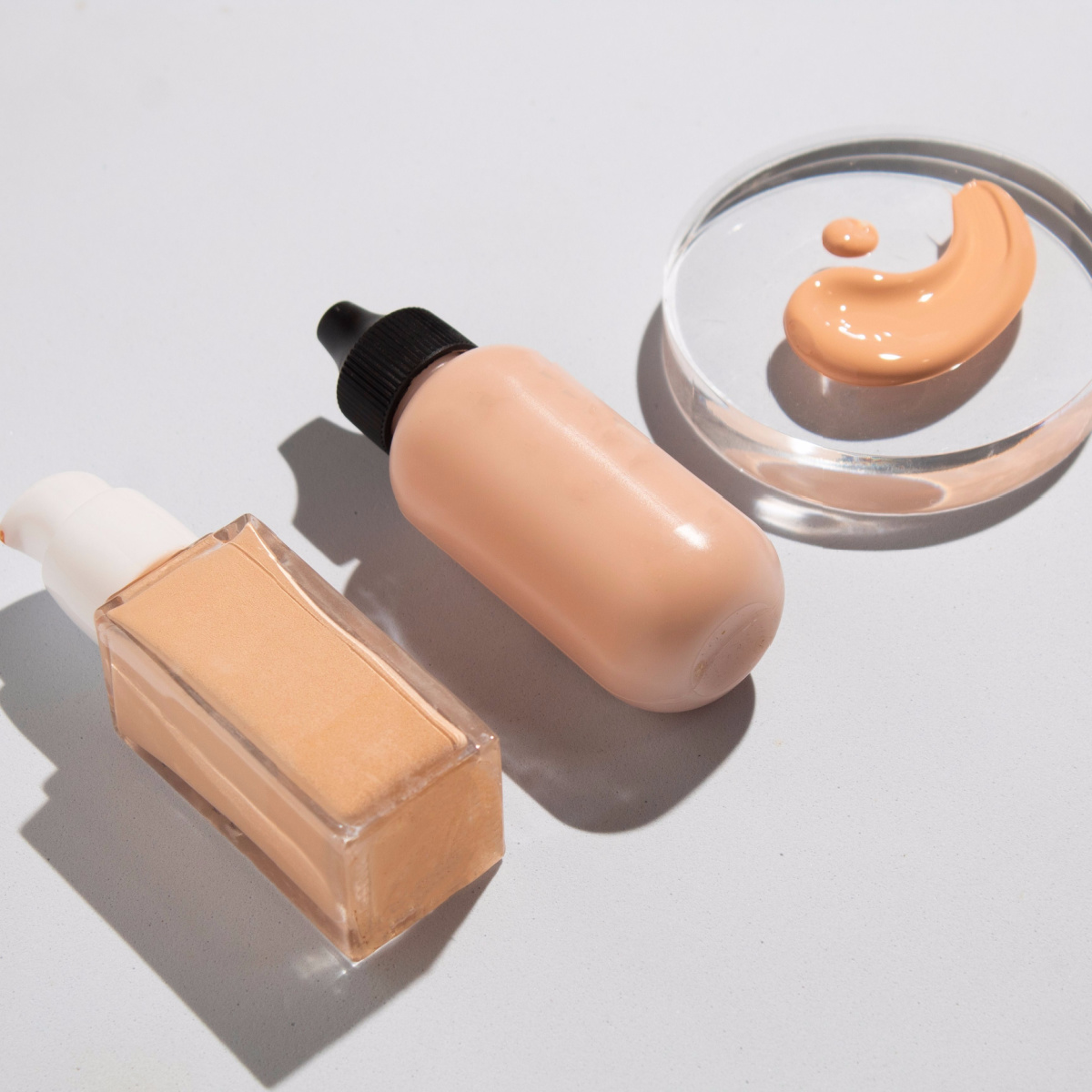
7. Not Matching Your Primer, Concealer And Foundation Formulas
Moor notes that it's essential to read the labels on your products and "match your formulas." If you used a silicone-based primer, she says, use a silicone-based concealer and foundation. If you used a water-based primer, she then instructs to use a water-based concealer and foundation. "If you try to use a silicone-based primer with a water-based foundation, they’ll separate, just like oil and water," Moor explains.
Winkenwerder agrees, and adds that it's vital to "pay attention to what needs your primer addresses." For example, she says that there are "various formulas of primers to suit different care and finishing needs." Some primers fill in skin pores with a "light dewy cream gel finish" for even makeup applications, she says, while others are "strictly cosmetic, producing enhanced features."
Given that primers are worn based on skin condition, there are "different textures and formulas to meet all skin needs," Winkenwerder stresses, so finding one for your type is crucial for oil-free makeup looks this summer.
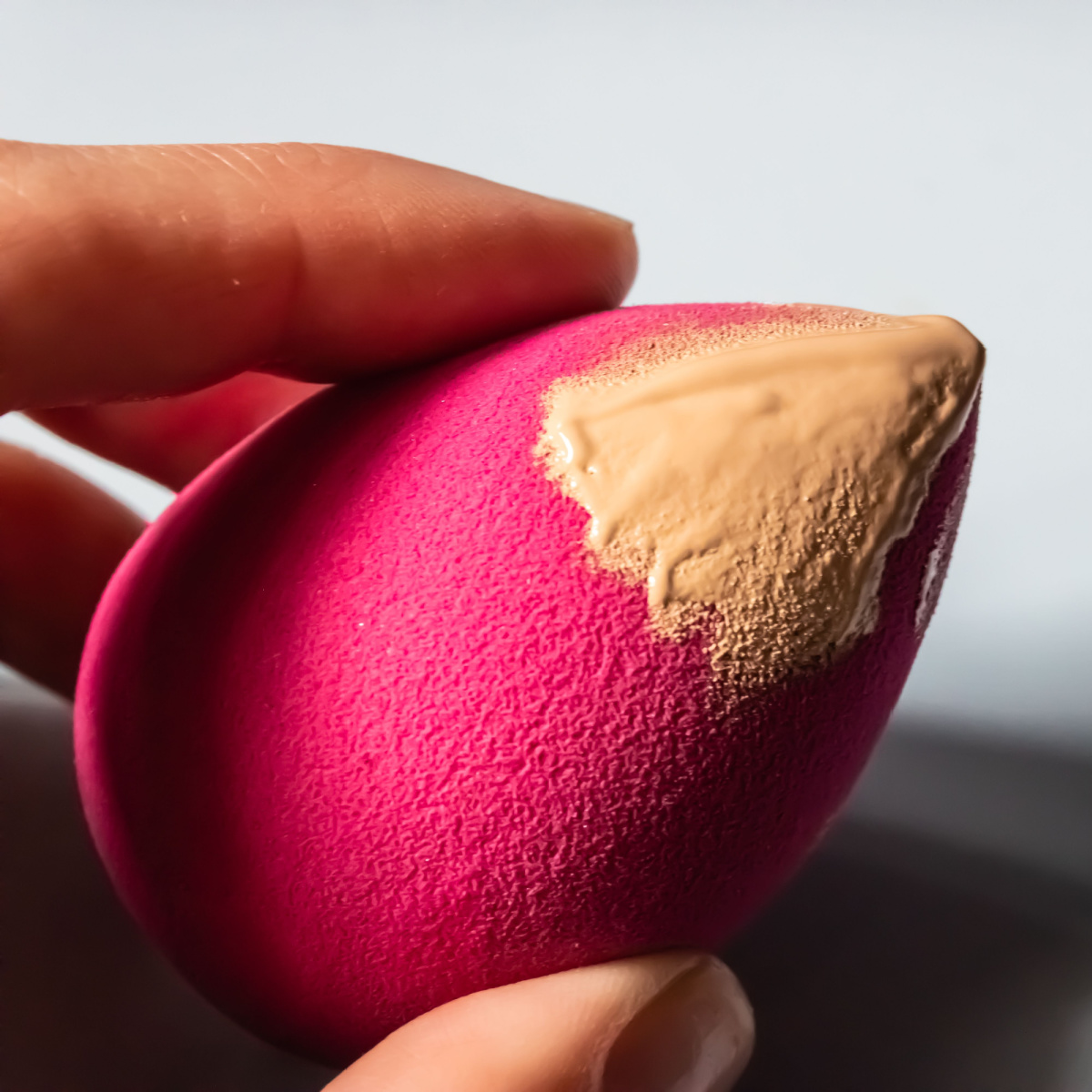
8. Not Fully Blending Your Concealer
Dennis notes that if your skin is "hydrated" thanks to proper skincare, you won't find blending your concealer to be a difficult step. However, she recommends applying it in the following steps, along with your other favorite makeup products. Firstly, Dennis recommends applying a "dime size foundation dot on the forehead, chin and apple of each cheek, and blending out."
Any excess should be "blended onto the nose." Next, she says to "apply concealer along the vein that runs along the side of the nose and into the orbital bone, where it is hollow, and the outer corner of the eye, where there tends to be discoloration." She says to "blend both towards the under eye area."
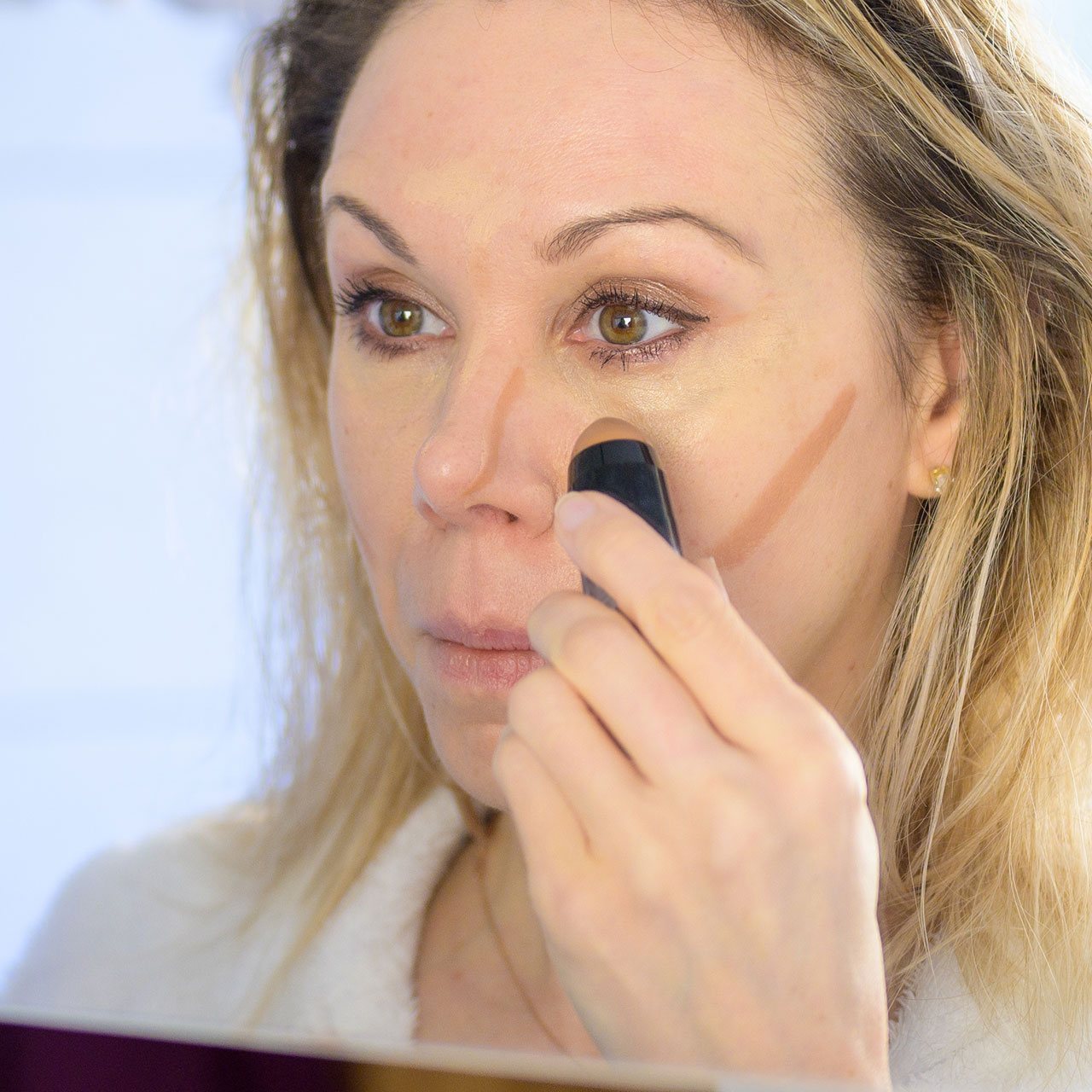
9. Adding Too Much Blush Or Bronzer And Too Little Concealer
"Bronzer and contour are optional items" after you apply concealer and foundation, Dennis notes. "Not everyone needs them or wants them, and these products should be placed according to face shape as applying bronzer across a low forehead just makes it look shorter," she notes. If you add too much of these products, you may find your skin looking unnaturally darker, and that the concealer you placed isn't as effective when it comes to covering imperfections, she says.
The same goes for blush, a tool that she says can "be used to create dimension on the face along with color, when placed right above the hollow spots, and blended into it." Another hack for women over 40 she recommends after concealer is to "apply highlighter in the center before applying foundation." Highlight can be used to create "dimension and a youthful glow," when paired with a flattering foundation and concealer shade.
She recommends "applying to the inner corner of the eye, high on the cheekbone, and on the nose, after concealer and before applying foundation, to create a lit-from-within look." It's all about balance and a "less is more" approach, Dennis notes.
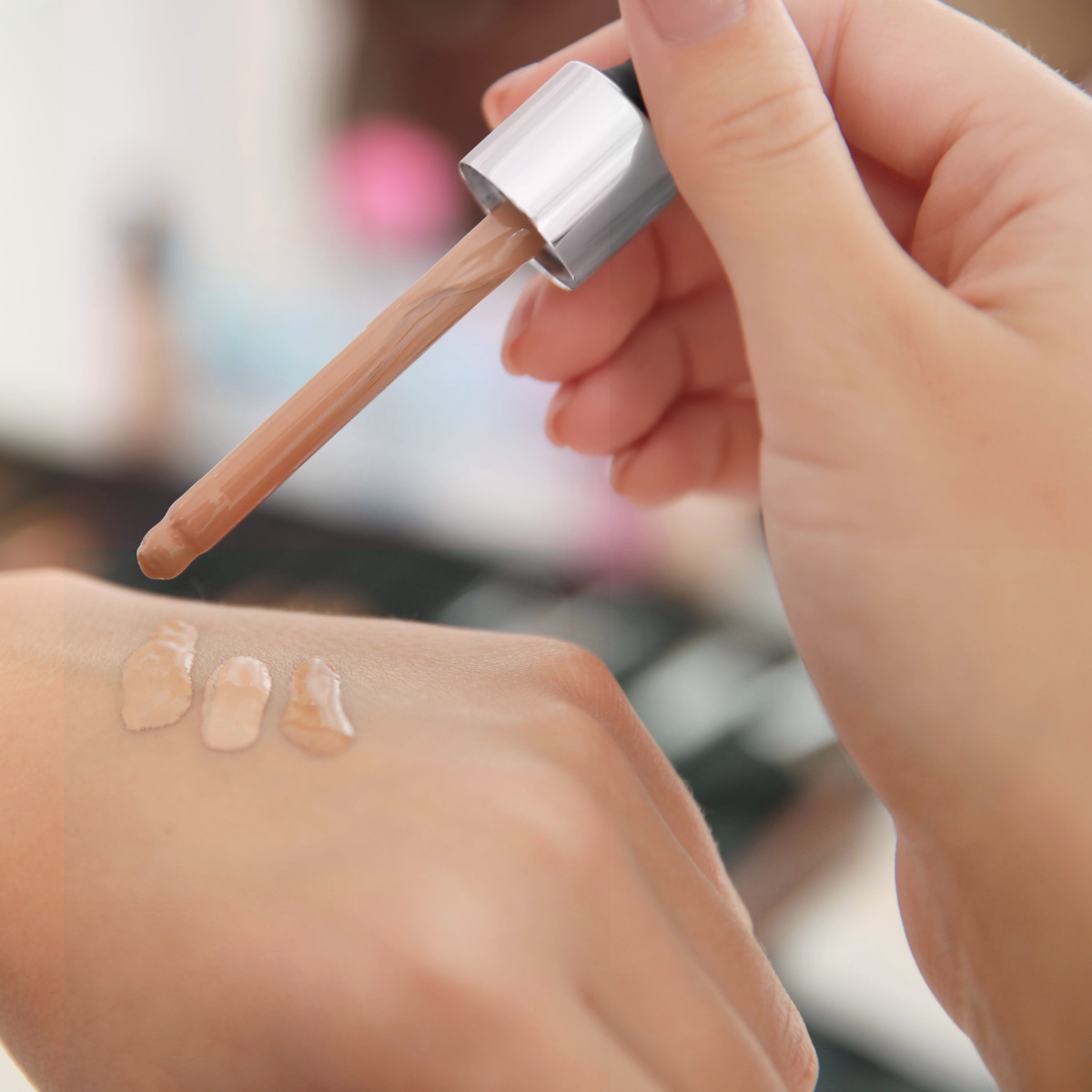
10. Choosing The Wrong Concealer Texture
When it comes to concealer textures, you've got options galore. Liquid, balm, cream, and stick textures are all at your disposal. Liquid concealer is your best bet if you're looking for something lightweight and blendable, our experts say, with coverage ranging from sheer to full.
While concealer in general is suitable for all skin types, liquid may not provide the best coverage for oily or normal skin. Cream concealer, on the other hand, is a thicker option that contains opaque pigments, giving you better coverage than liquid concealer. This one's perfect for normal, dry, or sensitive skin and provides medium to full coverage.
One note from celeb MUAs: choosing the wrong type of concealer can inadvertently add years to your look and settle into fine lines, so it's best to find a product that matches your skin type, whether oily, dry or combination.
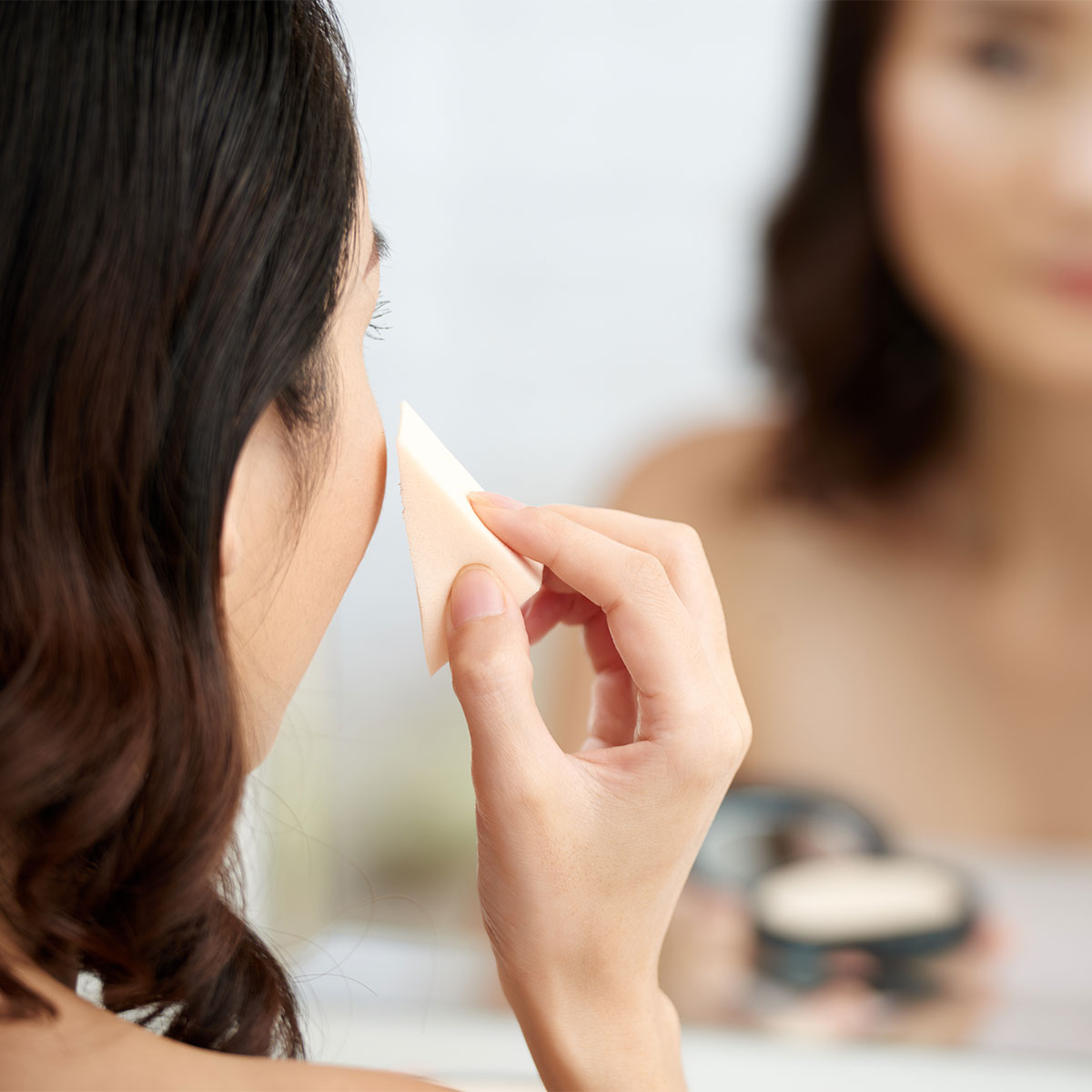
The Bottom Line
Overall, according to experts, one main trick to achieving a flawless look with concealer is to find a shade that matches your skin tone for the rest of your face, and then go one or two shades lighter for your under-eye area. You can also opt for color-correcting concealer to even out any discoloration before applying your foundation or regular concealer.
If you have redness, green concealer can be your go-to, while peach or orange concealer is perfect for concealing dark circles, especially for those with deeper skin tones. Meeting with a professional makeup artist can be incredibly helpful in finding the right texture and color match for a radiant glow over 40. With some practice and guidance from the pros, mastering this makeup step is definitely within reach!







